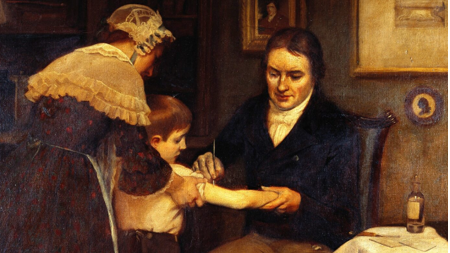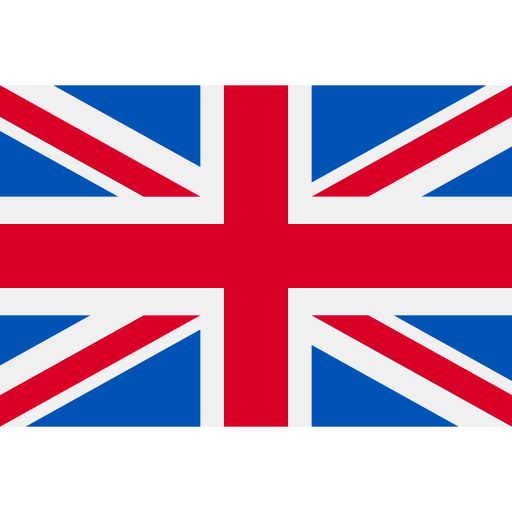National Preventive Vaccination Plan 2023-2025 imminent
The new 2023-2025 National Preventive Vaccination Plan (PNPV) is currently being finalised by the State-Regions Conference. This updated document, coming in the wake of the COVID-19 pandemic, will outline vaccination strategies for the next three years. Among the new features are the new Vaccine Schedule and fresh indications for the reorganisation of territorial services.

The National Preventive Vaccination Plan (PNPV) 2023-2025 represents a national policy framework drawn up to harmonise the vaccination strategies in place in the country, guaranteeing the population (regardless of place of residence, income, socio-cultural level and legal status) the full benefits of vaccination, as a means of both individual and collective protection.
Therefore, emphasising that eliminating and reducing the burden of vaccine-preventable infectious diseases is a priority for our country, the need to adopt a National Plan containing a reference Vaccination Schedule that is shared, sustainable, in step with scientific evidence and based on a clear rationale acceptable to all institutional and professional stakeholders is evident. (Fig.1)

It should be remembered that an official Vaccination Schedule has several objectives:
- first of all, it aims to provide the population with clear indications on how indispensable vaccinations are for individual and collective health, authoritatively providing information on all that is made available to us by research in the vaccination field, and which is supported by clear evidence;
secondly, it is important to reiterate the practical importance it holds for the daily work of vaccinating health personnel, by clearly outlining the optimal vaccine proposals for each user, depending on his or her risk profile (due to medical condition, occupational exposure, occasional events, social and economic vulnerability);
furthermore, it outlines the steps to be taken to meet the need for protection at all stages of life, from birth to old age, identifying both the basic immunisation cycles and the necessary boosters;
- finally, it provides operators with a necessary guideline for the most appropriate vaccination offer.
Moreover, now that the prospect of preventing almost all of some of the most serious diseases is becoming a reality (e.g. bacterial meningitis or HPV-related diseases), and despite the COVID-19 pandemic which confirmed the essentiality of consciously choosing vaccination as a life-saving weapon against infectious diseases, we are faced with a crisis of communication and confidence in vaccinations which continues to hinder vaccination coverage in many cohorts of the population. Hence the need for a tool such as the Schedule to reinforce, also communicatively, the importance of homogeneous immunisation coverage.
In fact, as stated in the Plan, 'On the one hand, 2021, reported a general improvement in coverage for most of the recommended early childhood vaccinations compared to 2020, yet polio and measles coverage at 24 months did not reach the 95% mark. Even HPV vaccination coverage, while generally improving from the previous year, remains well below the primary targets'.
In this context, prevention must increasingly be a shared responsibility, from planning to vaccination practice through innovative organisational and network models between prevention departments and general medicine, and not only for the traditional flu vaccination but also for the more recent vaccinations against COVID-19 and Herpes zoster, which must be more strongly proposed under the direction of the Prevention Departments.
In this regard, the document points out that 'The Departments of Prevention, through the Vaccination Services and the professionals working therein (hygiene doctors, health care assistants, nurses, etc.), have been providing the country with ordinary and extraordinary vaccination campaigns over the past decades. This activity has been carried out autonomously in their respective territories by Local Health Authorities (ASLs) with in-house organisation and dedicated partnerships. Historically, there has been a common synergy with the GPs and PLSs, which was further consolidated during the COVID-19 emergency vaccination campaign and expanded with the involvement of additional actors and the identification of new delivery contexts such as pharmacies’. This is why it is important to standardise the vaccination offer throughout the country on the basis of shared scientific evidence in the form of a Schedule.
A total of 10 objectives are set out in the forthcoming Plan:
- maintain polio-free status;
- achieve and maintain measles and rubella eradication;
- reinforce prevention of cervical cancer and other HPV-related diseases;
- maintain target vaccination coverage by structuring prevention networks and pathways;
- promote vaccination interventions in high-risk population groups;
- devise actions for hard-to-reach population groups;
- complete the computerisation of regional vaccination registries and make the national vaccination registry fully operational;
- reinforce communication in the vaccination field;
- improve surveillance of vaccine-preventable diseases;
- promote a vaccination culture and training in vaccinology among health professionals.
In view of the rapid scientific and technological developments in the field, the Plan recommends strategies to achieve vaccination coverage appropriate to the prevailing epidemiological profile and the spread of strains.
To achieve the Plan's objectives, a number of strategies are envisaged, which we will present and describe to you when the Plan is published.
Keep in touch with our website so as not to miss the next updates.



